Mobile Command Centers Features for Crisis Management
MCCs have a variety of use cases that help different agencies in many ways. They are vehicles that primarily help with managing and coordinating...
3 min read
Craftsmen Industries May 5, 2022 9:38:33 AM
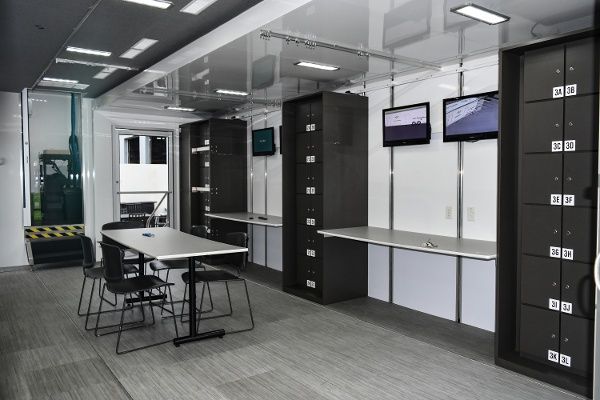
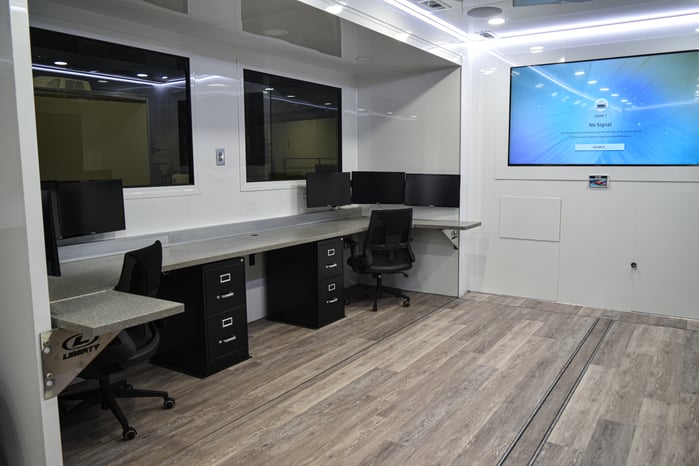
When most people think of a command center, they probably think of something like the conference room used to communicate with Neil Armstrong and Buzz Aldrin on their revolutionary mission to the moon. Fifty people, each carrying out a specific task, with monitor, screens, and headsets everywhere.
Another familiar layout that comes to mind is a war room. Maps spread across a table with commanders bent over discussing strategies, resources, and tactics. Fewer people think of command centers built into vans or trailers or made to fill gaps with technology issues.
A command center is all of these things and more. In short, any space designed to manage a rapidly evolving situation is considered a command center. Command centers are used for military efforts, space missions, in-field headquarters, and natural disaster response efforts. As you might imagine, the tools and people in a command center vary greatly depending on the task at hand.
To help clarify what a command center is, let's look at the different situations command centers are used for and what task-specific command centers are called.
These are situations like space missions, live television, and air traffic control where there are a lot of moving parts. The command centers used to deal with these highly intricate situations are called Combined Operation Centers.
Many times combined operation centers are large conference rooms with multiple teams communicating with each other and a wider team outside of the center. They often feature an intense, high-pressure work environment which is why they show up in TV shows.
Earthquakes, hurricanes, and tornadoes can cause thousands of people to seek emergency help in a matter of minutes. Natural disasters can cause injuries, outages, and widespread damage and chaos. According to FEMA’s EOC guidance, Emergency Operation Centers are critical for coordinating disaster response and public safety.
EOCs collect information and analyze a situation in the field and then relay information to organizations like the police, firefighters, and ambulance services. They may also coordinate with mobile medical vehicles to provide medical care when and where it’s needed. This center for communication helps first responders take on a catastrophe in an organized and effective manner.
EOCs often operate in vans or trailers with custom graphics, helping them to stand out amid the chaos. This allows them to travel to areas where they are the most useful, decreasing communication times. Transportable command centers like our fleet trailers are also known as mobile command centers or mobile command units.
Mobile command centers can travel to any jobsite to function as onsite headquarters. Interiors can be designed with vehicle branding solutions that enhance communication, safety, and visibility at the jobsite. Features can also be customized to include a hospitality area for hosting customers and adding comfortability for the fulltime team.
Liberty Oil recently added a high-end, tech-advanced command center to its fleet to utilize at fracking sites across North America. A 42' telescoping mast on the rooftop includes cameras that allow visibility of the entire fracking site. Use of the cameras means the site does not have to be shutdown every time a potential issue is signaled saving time and money, while also increasing safety of team members.
It turns out YouTube videos aren't the only source used to fix technical problems. Command centers are perfect for receiving and dealing with urgent calls, especially large-scale network failures, software issues, and routing systems. This type of command center is called a network operations center (NOC).
Popular cell phone service providers, energy companies, and the online IT software giants all use network operations centers. NOCs frequently have monitors displaying current network status, ongoing incidents, and various warning alarms.
Military operations require an extremely high degree of cooperation between separate teams. In order to deploy and manage a successful mission, military mobile command centers are used to communicate between people in the field. Combat situations often change rapidly, and command centers are specifically designed to be in constant contact with team leads. To differentiate this kind of command center from the others, they are often called tactical operation centers.
In the past, WWI commanders devised war strategies using a map on a table. These days commanders use consoles and high-tech tracking equipment in tactical operation centers. Generally, the information and decisions made in a tactical operation center are highly confidential, so they also have maximum security both physically and on all computer software. Because of the nature of war, many smaller tactical operation centers may be set up as mobile command centers.
The final situation where command centers are used is to monitor and react to security threats inside a large building or complex. For example, many airports and banks are especially aware of internal security. If a breach occurs, they need to be able to react quickly at any time of the day or night. A security operation center is usually established in a central location to deal with safety breaches.
Security operation centers will have video monitoring of all the different areas of a building. They also generally control doors, electricity, and alarm systems throughout the building. Because of these powerful tools, security operation centers have maximum levels of protection themselves. Security operation centers also act as a critical communication point between building personnel, external police, and first responders.
Command centers all over the world help organizations manage difficult situations in effective, safe, and flexible ways. They organize complex moving parts, natural disaster responses, large network systems, military operations, and threats to internal security. These different kinds of command centers have similar attributes, such as 24/7 operations, time-sensitive tasks, and communication with teams outside the center. They are an essential tool to provide safety and stability in a variety of situations at home and abroad.
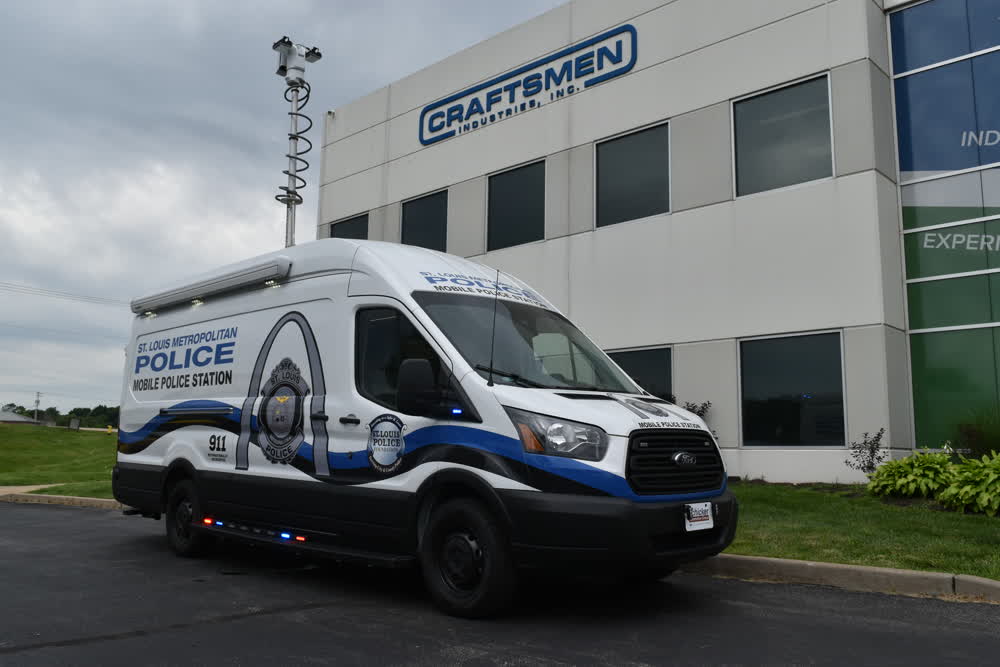
MCCs have a variety of use cases that help different agencies in many ways. They are vehicles that primarily help with managing and coordinating...
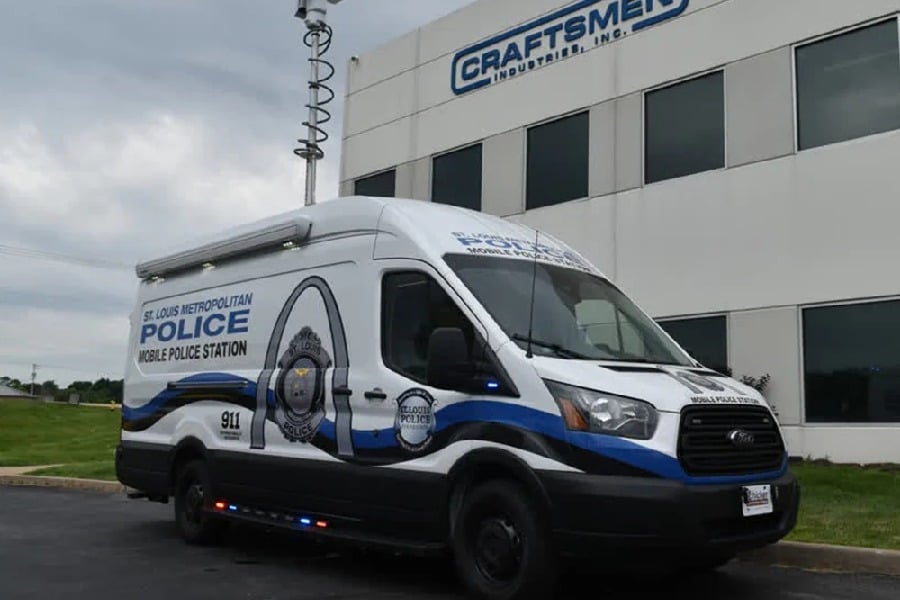
Mobile command vehicles should be prepared for quick response in various scenarios. However, the catch is that their advanced technology and...
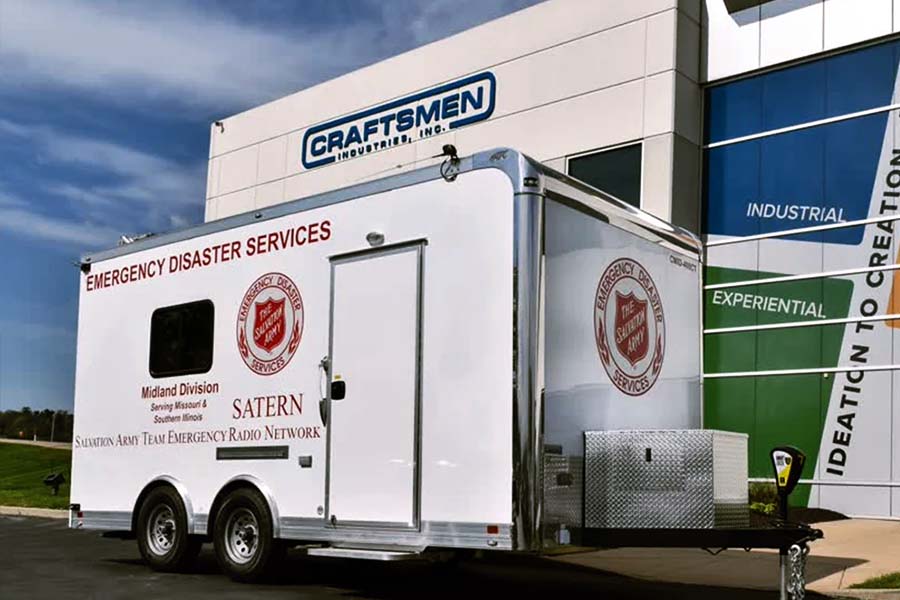
Modern Mobile Command Centers (MCCs) are critical in public safety, providing efficient emergency responses and coordination during crises. Yet,...